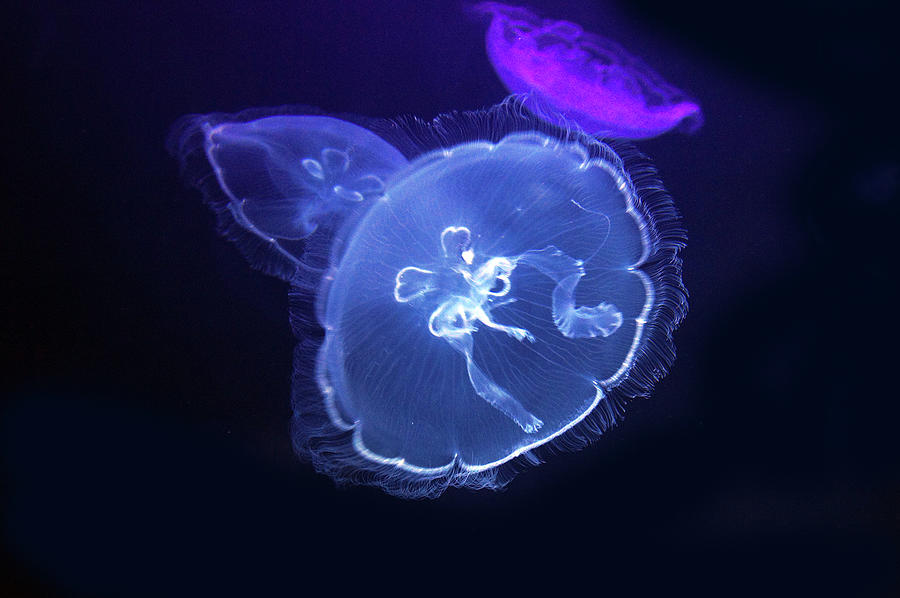Is your engine starting to run warmer than usual?
Based upon this descaling article in Practical Sailor, we chose to use CLR (among several tested and rated products) annually to descale the raw water circuits on our propulsion engine and generator (which include several copper-nickle heat exchangers.)
CLR is also safe to use on the dibghy outboard engine since there is aluminum to be found in its raw water cooling cirsuits.
We chose CLR because it is safer to work with, has no fumes (unlike muriatic acid...) and CLR won't harm any aluminum (or anodes) in the raw water circuit when used as directed in the above article and per manufacturer's instructions.
CLR is also effective at removing rust stains, cleaning the shower floor and walls, clearing air conditioner/ heat pump raw water circuits, descaling coffee pots, outboard motor cooling circuit, etc., etc. (Everything on a boat should have more than one purpose, right?)
Instead of removing the various heat exchangers and soaking in a bucket, we leave them in place and use a small pump to recirculate 50% diluted CLR (per above linked article) through the raw water coolant loops of the main engine and generator annually.
If you prefer to purge any raw water from the cooling circuits before descaling, pump some fresh water through first- discharging into the bilge instead of the bucket. Then put your hoses in the bucket of diluted CLR and turn on your recirculation pump.
Recirculating 50% diluted CLR clears the deposits in the raw water side of the heat exchangers.
Keep it going until the discharge stops foaming.
The time elapsed between above photos was ~ 2 hours. (Severe deposits can take hours longer- even overnight...)
The red return line in the above photos is the disconnected exhaust elbow raw water injection hose on our generator (you wouldn't want to hydrolock your engine with the descaling recirculation pump...)
The black hose is the suction hose which normally goes to the raw water through-hull (strainer) for that engine.
This is a routine part of our annual maintenance. It also provides an opportunity to inspect the exaust elbow injection site for corrosion since we have to remove that hose to recirculate the descaling solution.
When we are finished with each engine, we dump the bucket of used CLR solution into the bilge with the primary (lowest or maintenance) bilge pump off. (We have several bilge pumps installed- each above the previous- and they are left on, so are covered in an emergency...)
After adding the 2nd bucket full, we turn on the maintenance bilge pump for a few seconds to fill the discharge hose, and then turn it off again to let everything soak overnight. To empty the CLR from the bilge, capture the bilge pump discharge and dispose of properly.
Three-way valves strategically placed in the bilge pump discharge and engine raw water hoses mentioned above make this annual maintenance quick and easy with no hoses to remove... (With well planned 3-way valves you could even use the bilge as the bucket, and the maintenance bilge pump to recirculate the descaling mixture...)
Win-Win.
______________
Links to related forum discussions:
Nauticat USA Forum 29-Jan-2023




.jpeg)
.jpeg)




